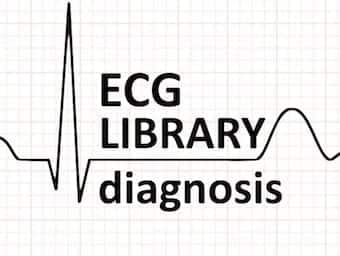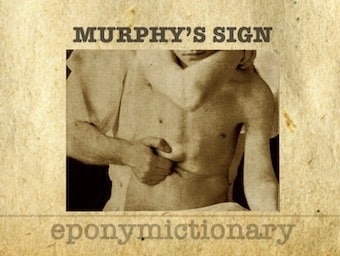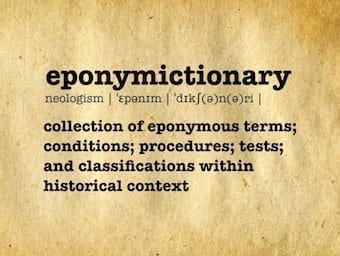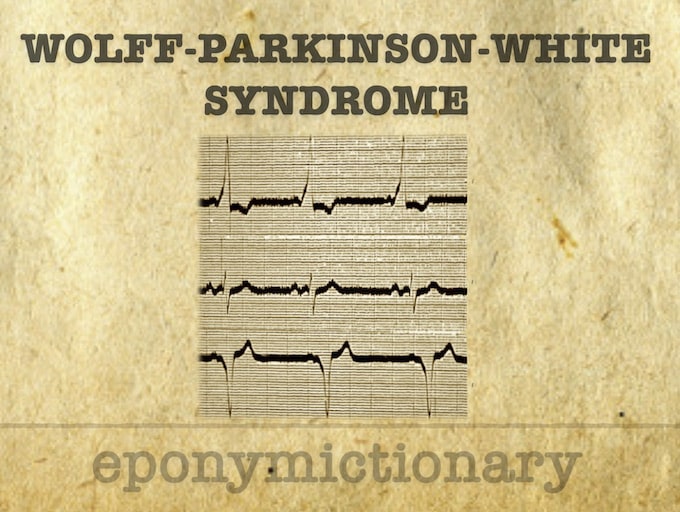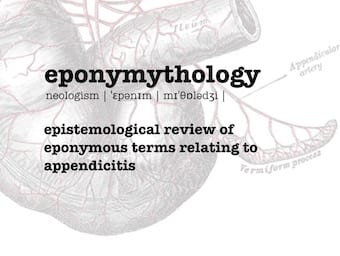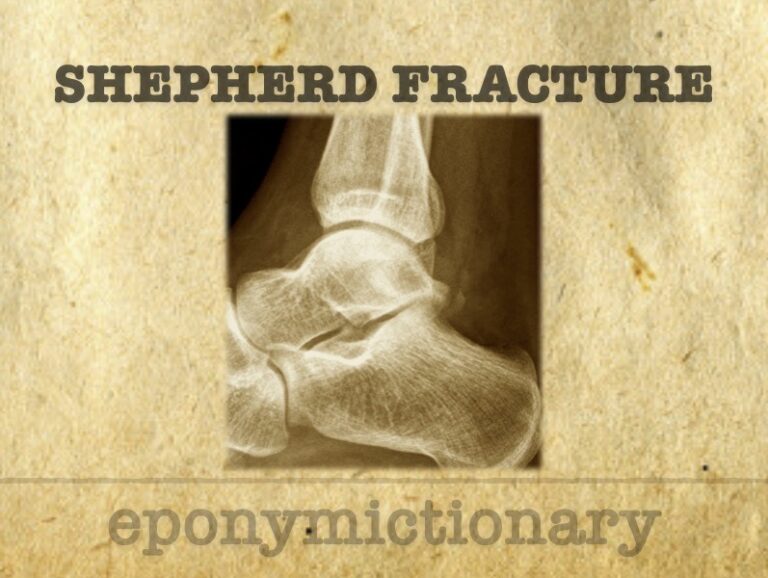
Cotton fracture
Cotton fracture (trimalleolar fracture) described in 1915 by Frederic Jay Cotton (1869-1939); fracture of the ankle that involving the lateral malleolus, medial malleolus and distal posterior aspect of the tibia (posterior malleolus).

